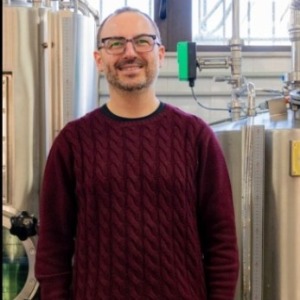8th Edition of Euro Global Conference on
Food Nanotoxicology
Food nanotoxicology is a branch of toxicology that focuses on the study of the potential adverse effects of nanomaterials used in food-related applications on human health and the environment. Nanomaterials, due to their small size and unique physicochemical properties, may interact differently with biological systems compared to larger particles, leading to concerns about their safety. Food nanotoxicology investigates the potential routes of exposure to nanomaterials, including ingestion, inhalation, and dermal contact, and evaluates their toxicity, biodistribution, biokinetics, and long-term effects. Common nanomaterials used in food-related applications include nanoparticles of metals (such as silver, gold, and titanium dioxide), metal oxides, carbon-based materials (such as carbon nanotubes and graphene), and nanocomposites. These nanomaterials may be intentionally added to food products as additives, packaging materials, or delivery systems for nutrients, flavors, antimicrobials, or other functional ingredients. Alternatively, nanomaterials may unintentionally contaminate food during processing, packaging, or storage. Food nanotoxicology studies aim to assess the potential health risks associated with exposure to nanomaterials through various routes and at different stages of the food supply chain. Research in food nanotoxicology encompasses in vitro studies using cell culture models, in vivo studies using animal models, and epidemiological studies in human populations. Toxicological endpoints evaluated in food nanotoxicology studies include cytotoxicity, genotoxicity, inflammatory responses, oxidative stress, immunotoxicity, neurotoxicity, and carcinogenicity. Factors influencing the toxicity of nanomaterials include their physicochemical properties (such as size, shape, surface charge, and surface chemistry), concentration, duration of exposure, route of administration, and interactions with food matrices and biological systems. Regulatory agencies around the world are actively involved in assessing the safety of nanomaterials used in food and establishing guidelines and regulations for their use. However, challenges exist in accurately characterizing and quantifying nanomaterials in food matrices, predicting their behavior in biological systems, and determining safe exposure levels. Moreover, ethical, societal, and environmental considerations must be taken into account when evaluating the risks and benefits of nanotechnology in food applications.

Said Bouhallab
INRAE, France
Giovanni De Francesco
University of Perugia, Italy
Ombretta Marconi
University of Perugia, Italy
Alex Martynenko
Dalhousie University, Canada
Ana Isabel Najera
University of the Basque Country EHU, Spain
Marcin A Kurek
Warsaw University of Life Sciences, Poland


